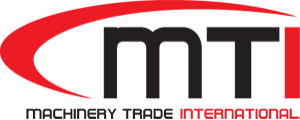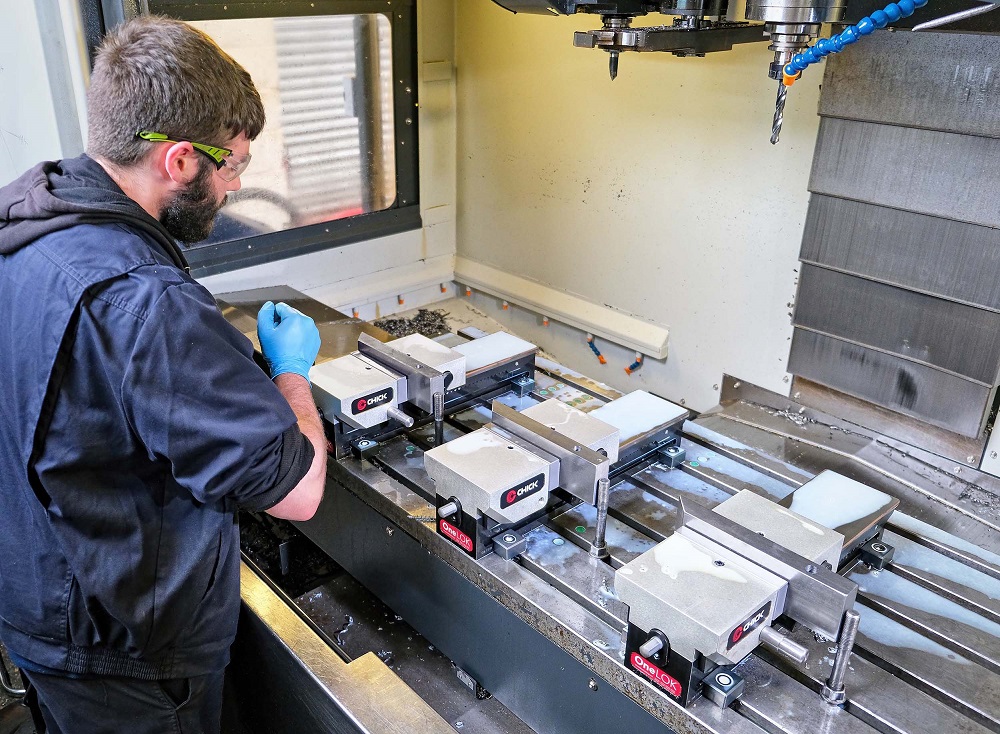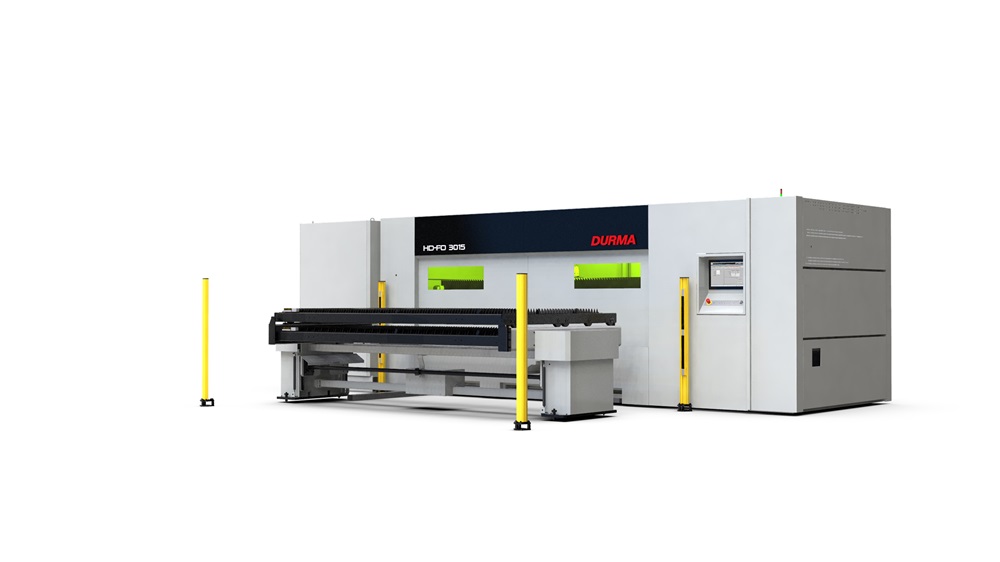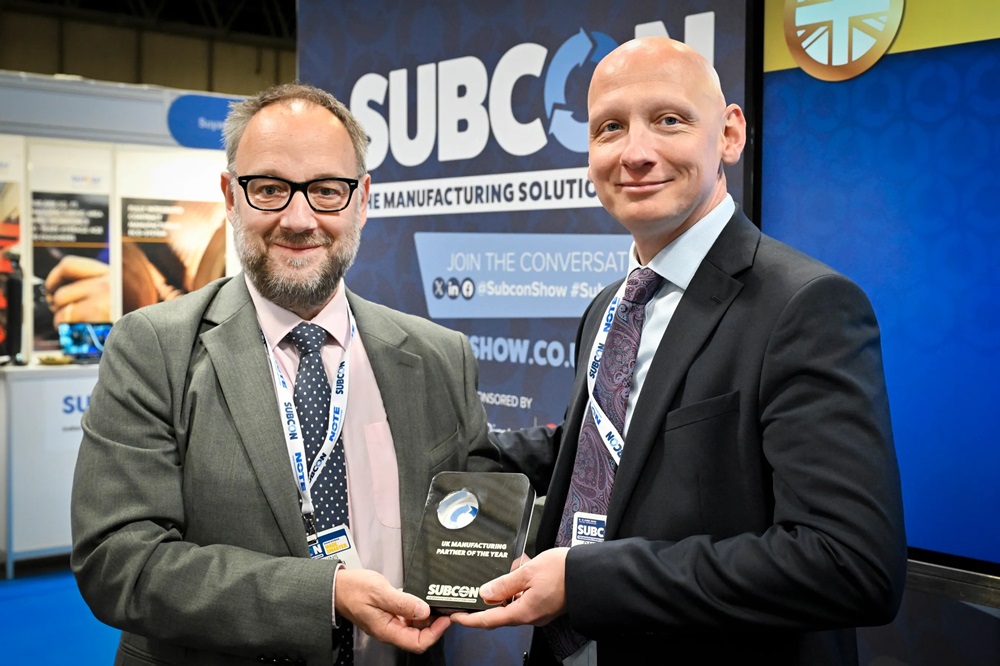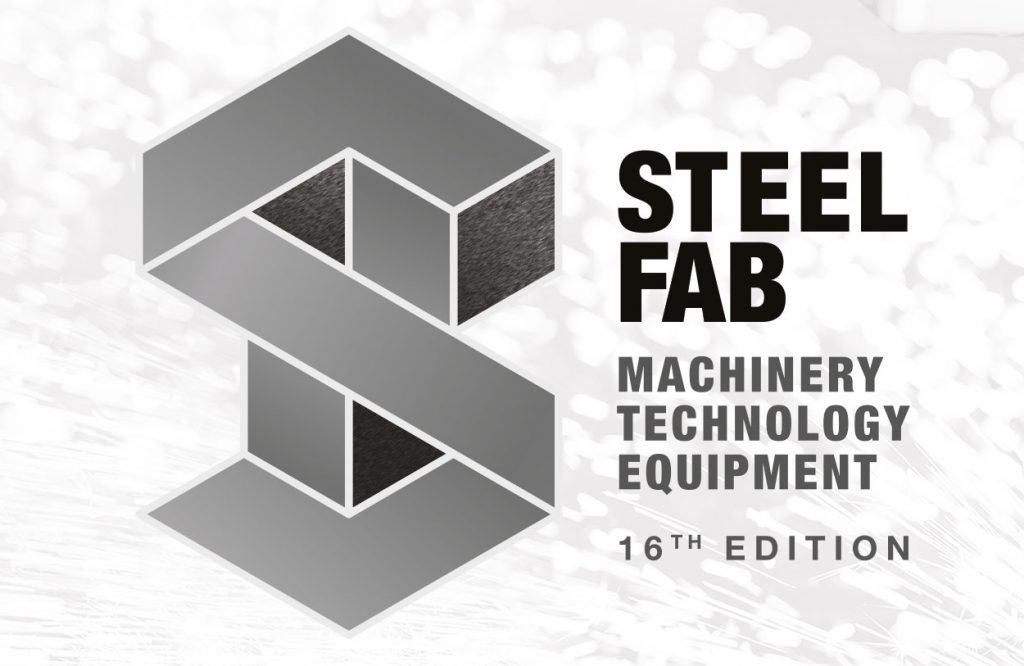Now available from the Engineering Technology Group (ETG) is the new Durma HD-FO laser cutting machine. As the latest addition to the Fabrication Division at ETG, the HD-FO series demonstrates high productivity, cut quality and integrated automation solutions. In addition, the machine provides low operational costs and an ergonomic quick-opening top cover and easy access to the cutting area.
The Durma HD-FO laser is a user-friendly machine that integrates automated work processes and offers energy-efficient operation.
Notably, the design minimises footprint by incorporating the laser source and chiller. Sheet loading and unloading are easy in cases where no shuttle table is necessary. Although the machine comes with a manual cutting table as standard, customers can optionally select the pneumatic shuttle table option.
From a specification perspective, the Durma HD-FO laser has a working area of 3048 x 1530 x 125 mm in the X, Y and Z axes with a maximum sheet capacity of 575 kg. The Durma machine offers X, Y and Z-axis travel speeds of 90 m/min and synchronised acceleration of 14 m/s² with a positional accuracy and repeatability of 0.05 mm. The Bosch Rexroth CNC control and user-friendly 19-inch screen combine to simplify programming and setting up.
According to ETG, the automatic focusing Durma Precitec Lightcutter laser head presents a combination of power and precision that enhances cut quality and edge finishes. The laser source is available with a range of options that include the YLR1000, YLS2000, YLR3000 and the YLS4000, which offer power from 1 to 4 kW for cutting mild steel up to 20 mm thick as well as stainless, aluminium, copper, brass and a host of other material types. More information www.engtechgroup.com
